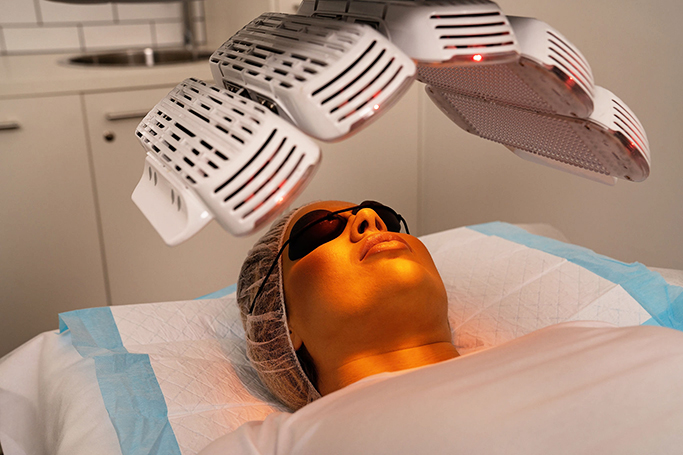- Empty cart.
- Continue Shopping
The Benefits of Light Therapy for Mental Health

In the quest for optimal mental health, light therapy emerges as a beacon of hope. This non-invasive treatment harnesses the power of light to alleviate symptoms of various mental health conditions. From seasonal affective disorder to depression and beyond, light therapy offers a natural and effective approach.
Understanding Light Therapy
Light therapy, also known as phototherapy, involves exposure to artificial light that mimics natural sunlight. This treatment is designed to regulate circadian rhythms and improve mood by stimulating the production of serotonin and reducing the secretion of melatonin.
Alleviating Seasonal Affective Disorder (SAD)
1. Managing Winter Blues
Light therapy is a highly effective treatment for Seasonal Affective Disorder, a type of depression that occurs during the fall and winter months when natural sunlight is limited.
2. Regulating Circadian Rhythms
Exposure to bright light in the morning helps reset the body’s internal clock, promoting better sleep and reducing symptoms of SAD.
Easing Symptoms of Depression
1. Augmenting Conventional Treatments
Light therapy can be used in conjunction with other forms of treatment, such as psychotherapy or medication, to enhance the effectiveness of depression management.
2. Increasing Energy and Motivation
Regular exposure to light therapy can lead to increased energy levels and motivation, helping individuals regain a sense of purpose and engagement in daily life.
Improving Sleep Quality
1. Regulating Sleep Patterns
Light therapy assists in regulating sleep-wake cycles, particularly for those with irregular sleep patterns or insomnia.
2. Reducing Sleep Disturbances
By helping to establish a more consistent sleep schedule, light therapy can reduce the frequency and severity of sleep disturbances.
Enhancing Focus and Cognitive Function
1. Improving Concentration
Regular exposure to bright light has been shown to enhance focus and concentration, which can be particularly beneficial for individuals with attention-related disorders.
2. Boosting Cognitive Performance
Light therapy may improve cognitive function, including memory, learning, and problem-solving abilities.
Addressing Mood Disorders in Bipolar Disorder
1. Stabilizing Mood Swings
For individuals with bipolar disorder, light therapy can help stabilize mood swings and reduce the severity of depressive episodes.
2. Consultation with Healthcare Provider
Individuals with bipolar disorder should consult a healthcare provider before beginning light therapy to ensure it is a safe and suitable treatment option.
Non-Invasive and Low-Risk Treatment
1. Minimal Side Effects
Compared to some medications, light therapy is associated with minimal side effects, making it a well-tolerated treatment option for many individuals.
2. Safe and Non-Invasive
Light therapy is a safe and non-invasive treatment that does not involve the use of drugs or invasive procedures.
Personalized Approach to Treatment
1. Consultation with a Healthcare Provider
Individuals considering light therapy should consult a healthcare provider to determine the appropriate duration, intensity, and timing of light exposure.
2. Choosing the Right Light Box
Selecting a light box with the appropriate specifications, including light intensity and spectrum, is essential for effective treatment.
Finally, light therapy stands as a beacon of hope for those seeking relief from mental health challenges. By harnessing the power of light, individuals can regulate circadian rhythms, boost mood, and improve overall well-being. Whether used as a standalone treatment or in conjunction with other therapeutic approaches, light therapy offers a natural and effective path to mental health and well-being. Remember, seeking guidance from a healthcare provider ensures that light therapy is tailored to individual needs and circumstances.








